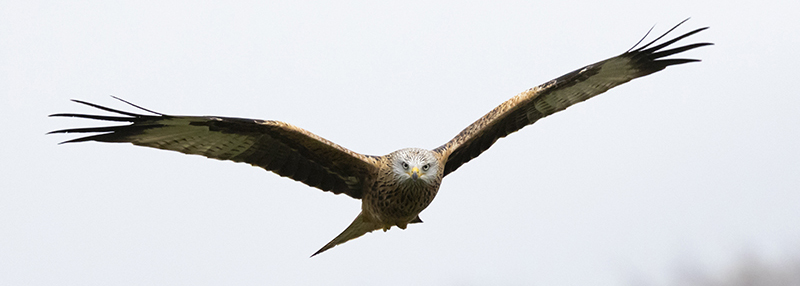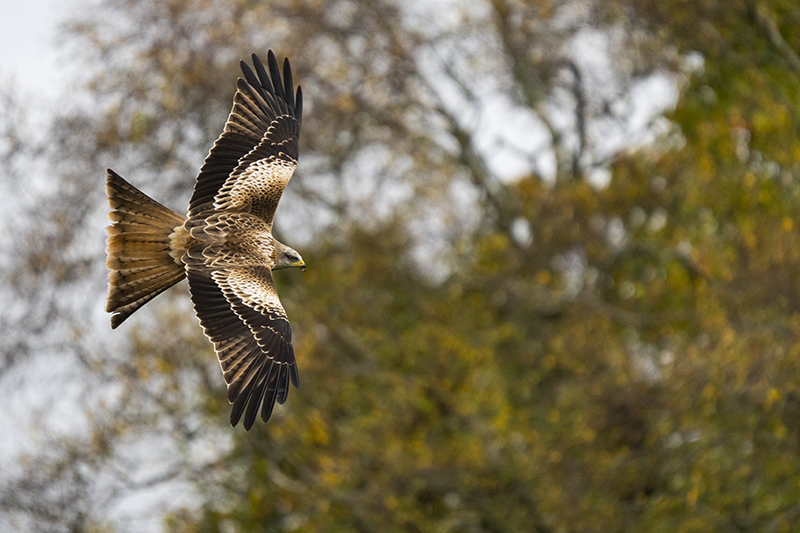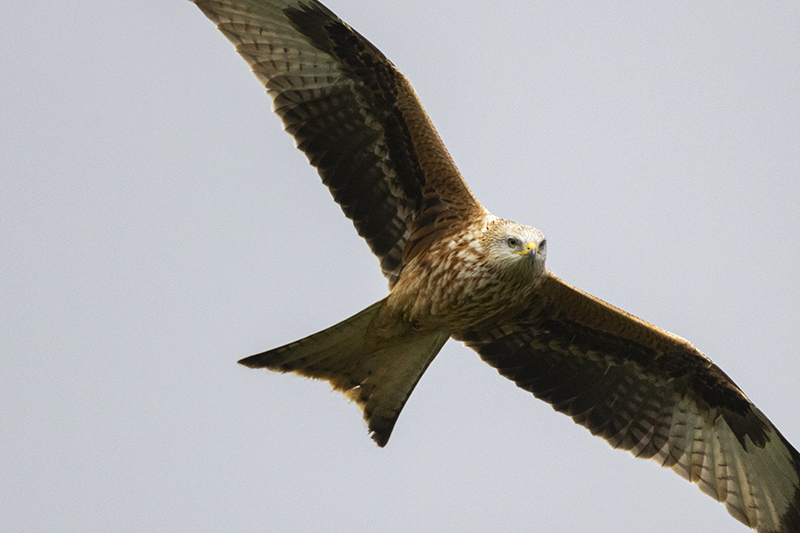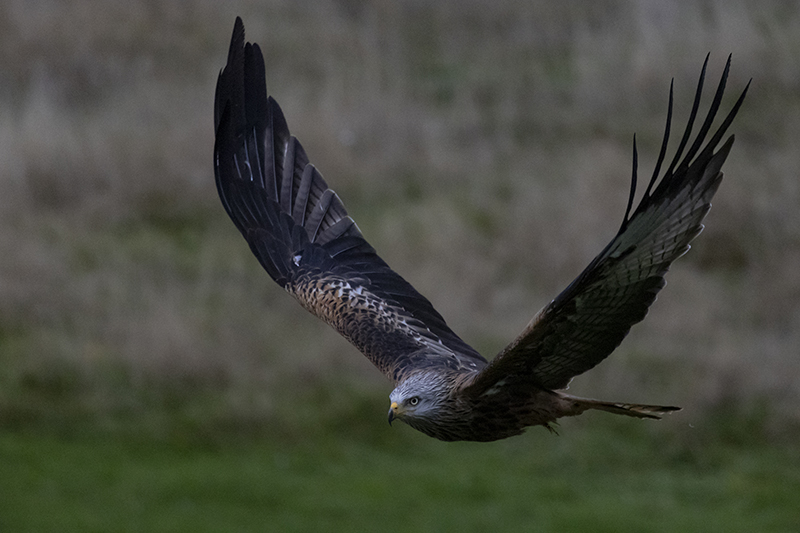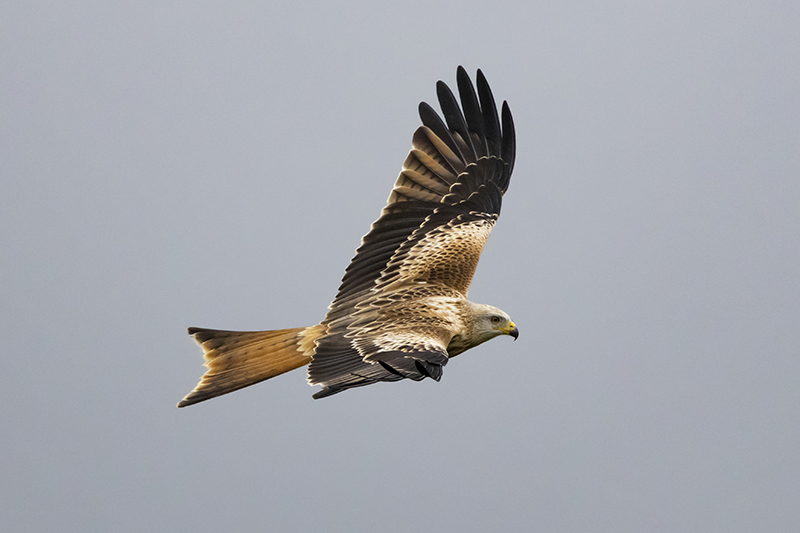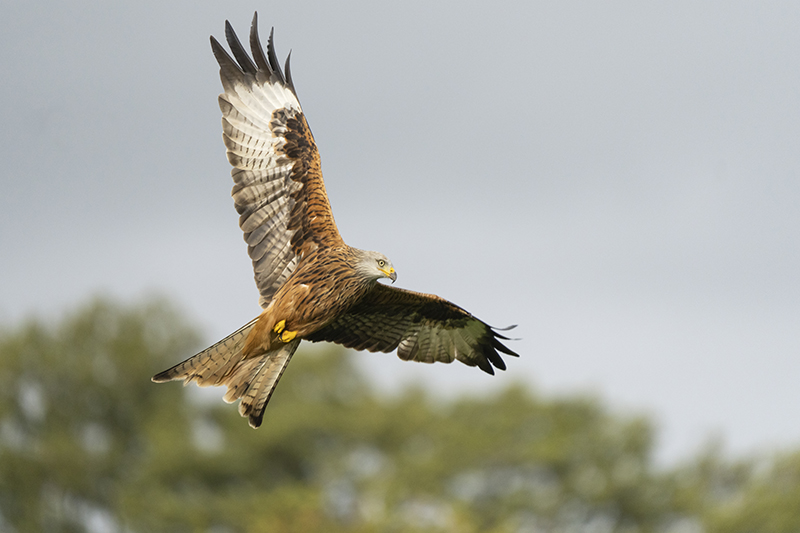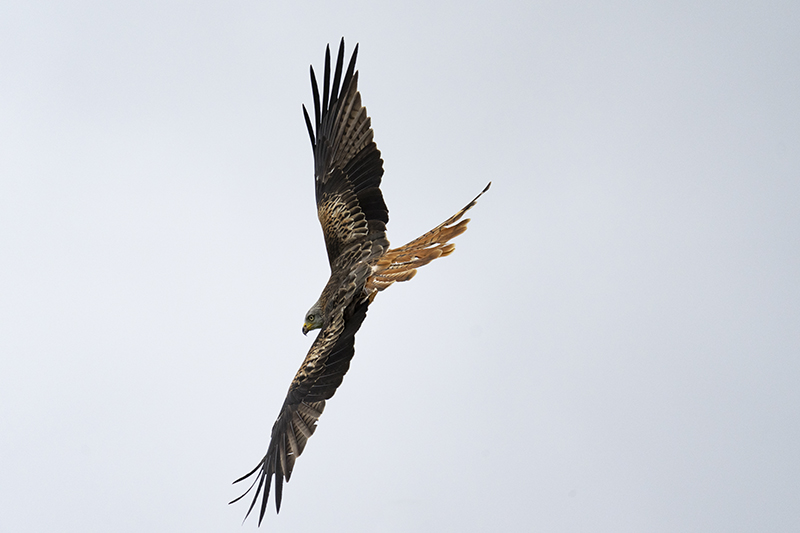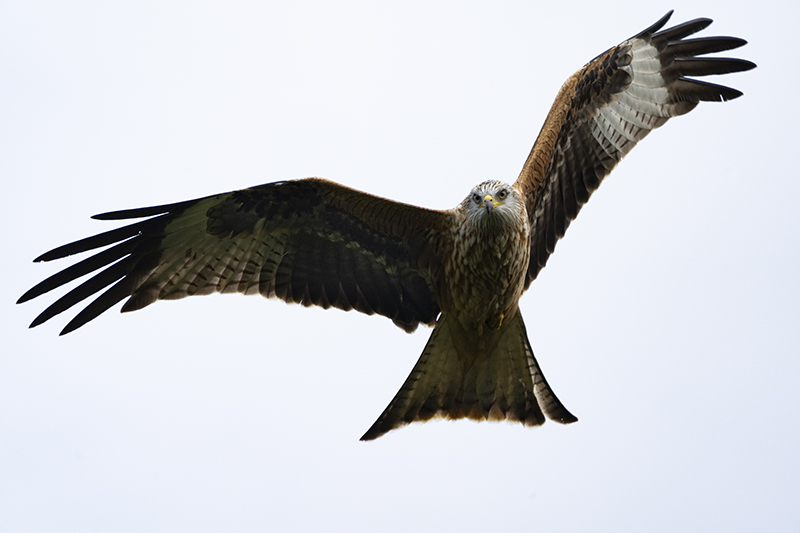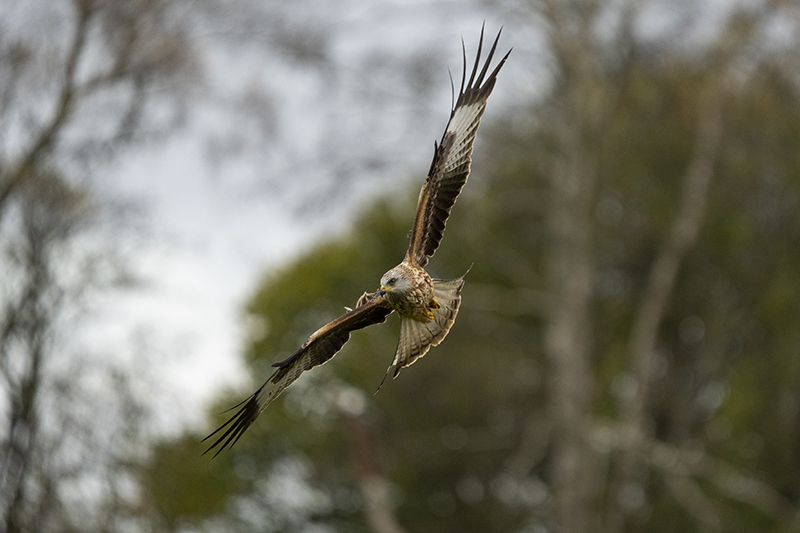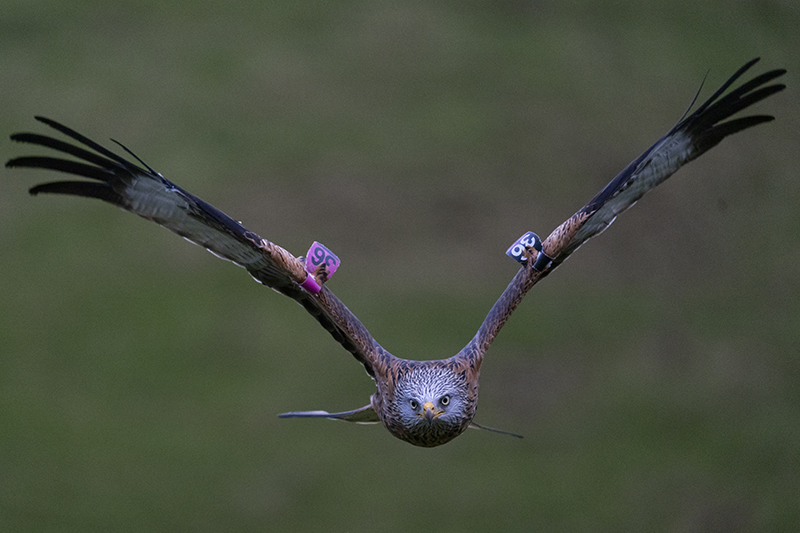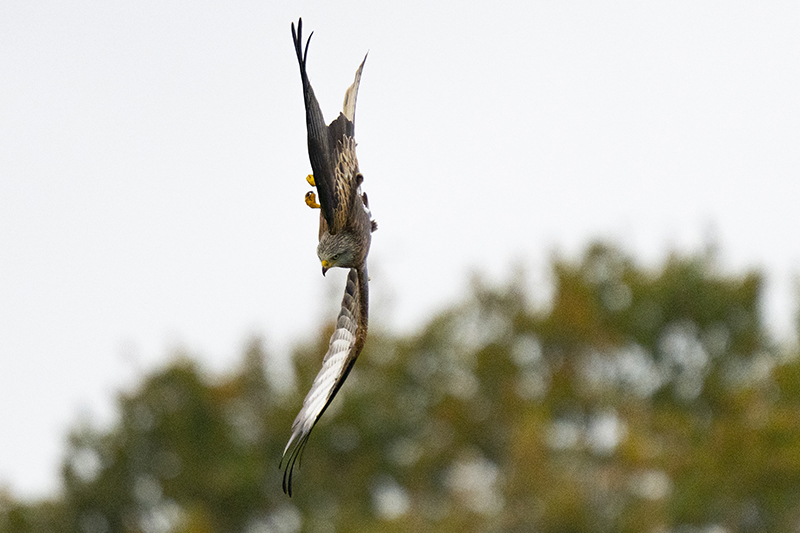The Canon R10 a Budget Wildlife Photography Powerhouse
Released alongside its more popular big brother the R7, the Canon EOS R10 has somewhat been cast aside in the minds of many. But at a competitive price point for an entry-level, mirrorless, APS-C camera, what can the R10 bring to the table to make its way from the shelf to your camera bag?
With a selection of telephoto lenses geared up for Wildlife Photography, I wanted to take it out and put this camera to the test. So I headed to Gigrin Farm in mid-Wales, the perfect place to put the R10 through its paces and try to capture the beauty of the Red Kite.
Click on any image in this blog to view it in full resolution.
About the R10
The Canon R10 features a 24.2mp APS-C CMOS Sensor with Canon’s Dual Pixel CMOS AF II Autofocus system. It is capable of shooting up to 23 frames per second with the electronic shutter, or 15 frames per second with the mechanical shutter.
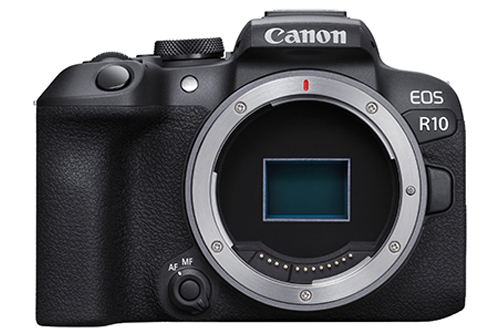
The deep learning AI Autofocus system that is showing up across more models in the Canon range, improves the Autofocus across the board. As it trickles down from the higher-end cameras in Canon’s line-up it makes their entry-level bodies much more competitive and suitable for photographing wildlife.
Compared to one of the most popular wildlife DSLR bodies Canon ever made, the EOS 7D Mark II, which was shooting at 10 frames per second with its 20.2MP sensor, on paper at least, the R10 should be right up there with regards to the sheer photographic capability.
What makes the R10 good for Wildlife Photography?
- 23fps Electronic Shutter – snatches fleeting moments of fast-moving animals easily.
- AI Animal Recognition – exactly what it says on the tin, this deep-learning algorithm is fantastic for wildlife photography and can specifically recognise birds.
- Optical Image Stabilisation – will work with any lens with built-in optical IS to reduce blurring, particularly good when tracking a subject with a telephoto lens.
- APS-C Sensor – The cropped sensor gives your lens an extra 1.6x telephoto reach to get closer to the action.
- AF in Low Light – Thanks to the AF II technology the R10 can focus in conditions as dark as -4EV (that’s about as dark as moonlight).
- Teleconverter Compatible – autofocus is still possible as wide as f22 making the R10 compatible with teleconverters too.
- Only 429g – perfect for long treks to find that perfectly remote hide.
Canon Lenses for Wildlife Photography
With an ever-widening choice of RF glass at all budget options, the three that stood out for me as potentially the best Canon Lens for Bird Photography were:
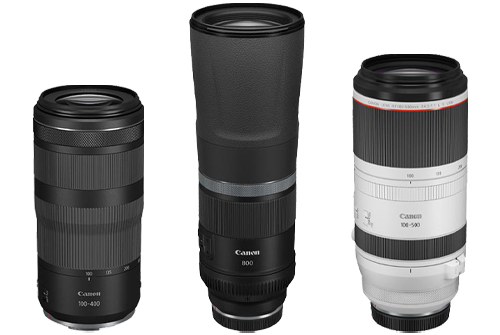
- Canon RF 100-400mm f5.6-8 IS USM – The most budget friendly on this test, I want to find out if it's possible to have a good 400mm focal length for sub £700*?
- Canon RF 800mm f11 IS STM – 800mm for a little over £1000*? Even at a fixed aperture of f11, this lens was a must for testing.
- Canon RF 100-500mm f4.5-7.1L IS USM – The natural progression from the ever-popular EF 100-400 MkII, gaining an extra 100mm, but losing a third of a stop of light, and some extra cost, can it live up to its predecessor?
*Prices correct as of publish date.
What and Where is Gigrin Farm
Situated half a mile from the town of Rhayader in mid-Wales, Gigrin Farm is predominantly an upland sheep farm situated between the Wye and Elan Valleys.
In the winter of 1992/1993, the RSPB approached the farm to become the Official Red Kite Feeding Station, to help the then very small local population of Kites, with a top-up of food sources throughout the year. What started with around 6 birds in the early ’90s, now brings in between 400 and 600 Red Kites in the Summer and Winter respectively.
Having started with dedicated viewing hides to get up close to the birds feeding, the farm now features dedicated photography hides for the best views.
Tickets and more information can be found here>
For anyone interested in wildlife viewing or photography, it is a must-visit within the UK.
The day that these images were taken was a typically Welsh November day, heavily overcast with thick dark clouds and only the odd shimmer of sunshine breaking through to light up the chaotic scene. Sounds like the perfect environment to test those low-light autofocus capabilities.
Canon RF 800mm f11 IS STM
Hoping to get some shots of the Kites sitting in the surrounding trees, the RF 800mm had to be the first lens to try. I could spot some potential shots of the birds as they circled high up, scouting out the feeding ground, and waiting for the food to arrive.
Given this is an 800mm lens, the overall handling was light and easy to manoeuvre. It was surprisingly easy to track subjects and keep the birds in the frame when soaring above. Even at 1/2000 of a second, I found it easy to forget the focal length was so long – handholding always requires a bump up in the shutter speed, as any small wobble from the hands becomes amplified through the viewfinder – while the R10 doesn’t have IBIS, it pairs with any RF lens that has Optical Image Stabilisation to combat this.
Red Kite – Canon EOS R10 + Canon RF 800mm f11 IS STM
I did find the autofocus performance on this lens to be a little too slow when tracking. Although the R10’s animal-detect AF system did a great job of picking out the subject and placing the focus squarely on the bird’s head, the focus hunting was painful at times. Given this focal length is naturally geared towards wildlife and sports photography it was surprising to see this wasn’t a little better.
Having said that, to have 800mm stowed in what will already be a packed camera bag would be no ill-store. It does allow for shots to be achieved that would only usually be reachable through heavy crops. There is certainly potential here, however, it does put this lens into more of a niche market, whereby it can soon turn into something always left at home.
Canon RF 100-400 f5.6-8 IS USM
As the food came out and the birds started diving to feed, there was a mass of action. Being so close, it was the perfect time to swap to the 100-400mm RF lens. Although slower in aperture compared to the EF Mark II of the same focal length, there were plenty describing similar quality optics built in.
The first thing that jumped out here was just how light and compact this lens is, to the point where you could almost get away with using this with one hand. Handling of the lens was easy and free, having just been using the 800mm f11, it felt more akin to a 24-70 than a 100-400mm.
Autofocus and tracking were spot on considering this was the most budget of the three lenses on test. The reach of the zoom was just enough to give control but also short enough to be able to go from extreme to extreme with one movement.
Red Kite – Canon EOS R10 + Canon RF 100-400 f5.6-8 IS USM
The only thing that was missing from the specification of this lens, and the only reason it would be worth considering going for the RF 100-500mm lens, is the lack of weather sealing here. If it had any form of sealing, the recommendation would be to stick with the cheaper option, as it feels like a much more premium product than the price tag would suggest.
The mirrorless trend of making smaller and lighter glass seems to have been offset by the slowing down of the aperture. Yes, it is lovely having such a small and compact 400mm zoom lens, however, ask anybody if an f8 or an f5.6 is preferable, especially in a wildlife and sports target market, and the majority will be reaching for that faster glass.
Canon RF 100-500mm f4.5-7.1L IS USM
One of the most popular zoom lenses you will see while out and about, in any environment needing long glass, was the Canon EF 100-400mm f4.5-5.6 mark II. These lenses were and still are, everywhere. This being the updated RF mount of the same ilk, it immediately became clear that this was the premium option of the three.
The size and weight have been carefully considered and it feels very similar in the hand to the EF predecessor, the only difference being that with the extra 100mm focal length, the zoom does take longer to twist through, and the lens extends more so. All this considered, it is a natural progression and is easy to get used to the feel.
Again here, with the compactness of the size, comes the slowing of the aperture, at f7.1 at its maximum zoom, it will put an air of doubt in the minds of many. Given that nice weather days in the UK are fairly few and far between, it does bring this decision into question.
Red Kite – Canon EOS R10 + Canon RF 100-500mm f4.5-7.1L IS USM
Considering the cost of this lens, it is an expensive piece of equipment, especially compared to any of the Tamron or Sigma 150-600’s, or the Nikon Z 400mm f4.5 which sacrifices the 100mm for an extra 2 stops of light. All these alternatives maintain faster apertures at their longest focal length and it begs the question of why Canon didn’t at least match, or even, better this.
For amateur/semi-professional photographers on a reasonable budget, the desire for a long focal length with a ‘fast enough’ aperture seems to be left wanting. A 200-600 f5.6, or a 500mm f5.6 prime, for around the £3-4,000 mark, doesn’t seem too out of the way, for those not looking to spend the £10k plus on the 400 f2.8, or 600 f4.
One thing that does need mentioning, is that the L series glass is still very notable for its quality, looking back through the images, it was clear when the lens had been swapped over. Canon’s glass element quality is still one of, if not the, very best on the market.
Canon R10 Overall
The R10, as the plucky little brother to the R7, was a great surprise package. Even with the huge asterisk of the abysmal light environment for these images (not the camera's fault!), it still produced impressive results of fine detail. With any of the lenses used, images were sharp and could handle a slight crop to reframe, it’s a great mirrorless camera!
The R10 proves that you don’t need the most expensive equipment to take some great quality photos of wildlife. All you need is to find a site like Gigrin Farm that enables reliable access to nature, and purpose-built photography hides to get you in the thick of the action. It’s clear that the barrier between achieving shots of wildlife against cost is slowly being removed.
The biggest surprise package of this test, and the recommendation off the back of it, would be the R10 paired with the RF 100-400mm, at the price point, it is a fantastic entry level into the world of wildlife photography. Alternatively, it would be a fantastic backup, or a second camera for a professional, looking to have an inexpensive alternative should a camera fail.
Canon EOS R10 Wildlife Photography Sample Images
Click on any image in this blog to view it in full resolution.
Where can I buy the Canon R10 and lenses?
The Canon R10 is available in three kits:
- Canon EOS R10 Mirrorless Camera Body
- Canon EOS R10 with RF-S 18-45mm f4.5-6.3 IS STM Lens
- Canon EOS R10 with RF-S 18-150mm 3.5-6.3 IS STM Lens
The three lenses tested in this blog can be found here:
Read Next
- Canon EOS R7 and EOS R10 Have Landed
- Two New MEGA Telephoto Lenses from Canon
- Hahnel Captur Module Pro for Wildlife Photography and More
Thank you!
Thanks for taking the time to read our blog, we really do hope they help you out and answer some of your questions. If you still have some unanswered, then please feel free to get in touch with our team of experts.
We have a LiveChat option on our website and we can, of course, be contacted via our email, we're also on the end of the phone too! Read more on how to contact us here >
Want to write for us?
If you've got experience with producing content on photo, video and/or optics products or techniques then we would love to hear from you. Contact our blog editor, Bea, with a sample of your work at [email protected].
- By Aled Phillips
- 25 Jan 2023




























































